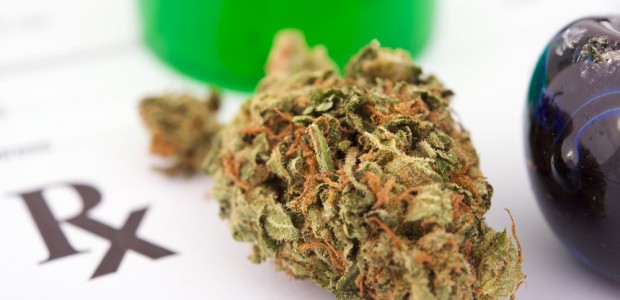A new study suggests that people who smoke marijuana have a much lower risk of developing bladder cancer than people who smoke cigarettes. A team of researchers from Kaiser Permanente compared the risk of bladder cancer in more than 80,000 men who only smoked marijuana, cigarettes, or both of these substances. The participants of this study were all between the ages of 45 and 70, and they were observed for more than 11 years.
The lead author of this study is Dr. Anil A. Thomas, a fellow in urology at the Kaiser Permanente Medical Center in Los Angeles. In an interview with USA Today, Dr. Thomas stated, “Cannabis use only was associated with a 45 percent reduction in bladder cancer incidence, and tobacco use only was associated with a 52 percent increase in bladder cancer.”
Recreational Users Vs. Non-Smokers
The results suggest that recreational use of marijuana was associated with an even greater reduction in bladder cancer risk. People who have smoked cannabis more than around 500 times, had a significantly lower risk compared to people that had smoked maybe once or twice in their lifetimes. However, the results of this cancer-related research has received some criticism for not including any non-smokers.
In response to this criticism, Dr. Thomas has been sure to point out that this link does not yet prove a cause-and-effect relationship. At this time, his team believes that there could be receptors in the bladder that are particularly susceptible to the effects of cannabis.
Other Findings Linking Cannabis and Cancer
This is not the first major finding linking marijuana and cancer in recent times. In September, a pair of scientists from the California Pacific Medical Center in San Francisco discovered that a compound which was created from marijuana could inhibit metastasis in many types of aggressive cancer, such as cancers of the brain, breast, and prostate. Incredibly, many of these findings seem to echo the claims that have been made by medical marijuana users in regard to the role that cannabis has played in their recovery.
In early May, Los Angeles councilman Bill Rosendahl uploaded a personal video to YouTube in which he claimed that his cancer had gone into remission. He was quite vocal about the fact that his usage of medical marijuana had played a large part in his cancer treatment.
Then again, there was a study conducted by the Keck School of Medicine at the University of Southern California which suggested that recreational usage of marijuana could be linked to an increased risk of testicular cancer. This just seems to have added more fuel to the fire regarding the ongoing medical marijuana debate.
Marijuana Classified as a Schedule 1 Controlled Substance
At this time, marijuana still remains in the Schedule 1 classification, or one of the most dangerous controlled substances, alongside other drugs like LSD and heroin. With this classification, the DEA must sign off on any new clinical trials on marijuana. This has proven to be quite counterproductive, because scientists are not able to conduct enough research to prove that marijuana is indeed safe enough to be moved down to Schedule II.
Tamar Todd, a senior staff attorney for the Drug Policy Alliance, has become all too familiar with this conundrum. In an interview with the Daily Chronic, she said, “We’re stuck in a Catch-22 — the DEA is saying that marijuana needs FDA approval to be removed from Schedule I, but at the same time they are obstructing that very research. While there is a plethora of scientific evidence establishing marijuana’s safety and efficacy, the specific clinical trials necessary to gain FDA approval have long been obstructed by the federal government itself.” Clearly, opinions and even research results regarding marijuana are both varied and controversial. Hopefully further research will unveil more information regarding this substance’s effect on our bodies.
